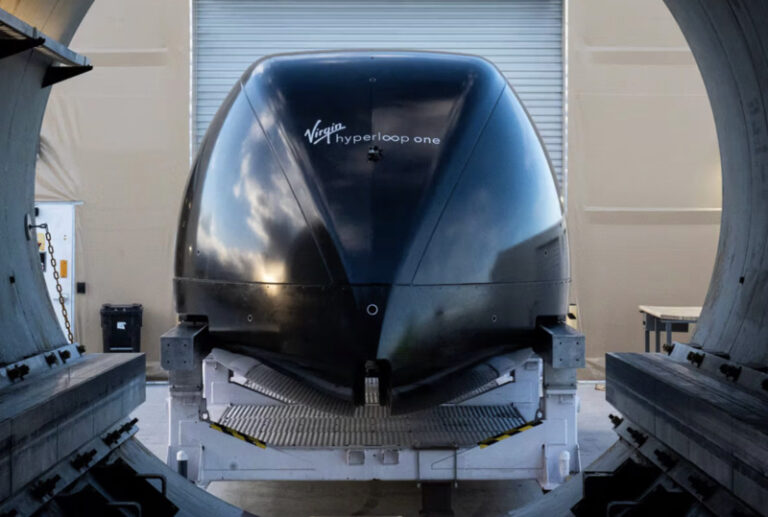Price competition with China and technology competition with Japan, K-battery is ‘heavy and heavy’
LG Energy Solution under threat of No. 1 market share The growth rate of all three Korean battery companies is less than 40% “We must prepare for the transition period by developing next-generation batteries”

Last year, the combined market share of the three domestic battery companies in the global electric vehicle battery market excluding China fell below 50%. This is because Chinese battery companies such as CATL and BYD have expanded their market share with a large growth rate. In particular, CATL has surpassed the world’s No. 1 LG Energy Solution by recording the same market share. is just around the corner.
LG Energy Solution allows Chinese battery companies to pursue it
According to market research firm SNE Research on the 11th, worldwide electric vehicle battery usage, excluding China, from January to November last year was 282.9GWh. This is a 48.8% increase compared to the same period last year (290.1GWh). The combined market share of the three Korean battery manufacturers was 48.4%, down 5.5 percentage points from 53.9% in the same period last year.
LG Energy Solution maintained its No. 1 market share as of 2022, but its market share fell slightly from 29.1% to 27.7%, allowing it to tie with China’s CATL (22.1 → 27.7%). This is because CATL recorded a growth rate (86.5%) that is more than twice that of LG Energy Solutions (41.7%). LG Energy Solution and CATL’s battery usage was only 0.1GWh. CATL has battery supply contracts with Tesla, the world’s largest electric vehicle producer, as well as BMW, Mercedes-Benz, and Volvo.
The growth rates of the three Korean battery companies all fell short of the overall market average (48.8%). SK On, which ranked 4th in market share, grew only 13.7% and its market share fell significantly (14.2% → 1.8%), while Samsung SDI, which ranked 5th, also suffered a decline in market share (10.6% → 9.9%) with a growth rate of 39.8%. .
The battery company that recorded the most explosive growth during this period is China’s BYD. BYD recorded a growth rate of 448.8% in just one year. BYD, which focused on exporting electric vehicles last year targeting the European market, expanded its global market share outside of China, which was only 0.5%, to 1.9%, quickly emerging as the world’s 6th largest battery company.
China’s Farasis, which expanded its battery supply to not only Chinese automakers such as Guangzhou Automobile Group and Geely Automobile, but also global automakers such as Mercedes-Benz, settled in 7th place, increasing its market share from 0.9% to 1.5%. Farasis recorded a growth rate of 166.4% in one year. SNE Research said, “Chinese battery companies are focusing on targeting the global market and expanding their market share at a rapid pace.” “Recently, CATL batteries are being installed in some models of domestic automakers Hyundai Motor Company and Kia Motors, showing the influence of Chinese battery companies.” “It is getting bigger and bigger,” he explained.
Chinese companies boasting price competitiveness based on stable supply chains
The reason why Chinese battery companies have rapidly expanded their global market share can be attributed to their overwhelming price competitiveness. This is because China is leading the supply chain of raw materials for electric vehicle batteries, such as lithium hydroxide and ternary precursors that make up cathode materials, so it is a very advantageous condition to achieve price competitiveness. According to the Korea Institute for International Economic Policy (KIEP), China controls more than 60% of the world’s smelting of key minerals for electric vehicle batteries. In particular, CATL has established a stable supply chain through vertical integration of its business and is knocking on the doors of automakers around the world with steady production and price competitiveness.
The industry predicts that the price competitiveness of electric vehicles and batteries will become increasingly important. Choi Jae-hee, an expert researcher at the KIEP World Regional Research Center, said, “Our battery companies are making efforts to secure minerals and diversify their supply chains, but private capabilities alone have limitations,” and added, “There is a government-level ‘upstream (raw material securing) project. “This must be accompanied by diplomatic efforts toward resource-possessing countries,” he said emphatically.

Market transition expected, to maintain technological hegemony
In order for Korean battery companies to maintain their global market share, competition from Japan, which has secured all-solid-state technology called ‘dream battery’, is also pointed out as a challenge to overcome. An all-solid-state battery refers to a battery whose electrolyte is solid rather than liquid. It has a higher energy density than currently commercially available lithium-ion batteries and can dramatically increase driving distance even with a short-term charge. Another advantage is that there is virtually no risk of fire or explosion.
Toyota of Japan, which holds the world’s largest number of all-solid-state battery patents, has announced plans to launch electric vehicles equipped with all-solid-state batteries by 2028. Taking Toyota’s representative electric vehicle model, bZ4X, as an example, the currently installed lithium-ion battery can drive about 600 km in 30 minutes of charging. However, if an all-solid-state battery is used, it can run up to 1,200 km with a charge of about 10 minutes. The explanation is that the long charging time, which has been pointed out as the biggest inconvenience of driving an electric vehicle, can be dramatically reduced.
In addition to Toyota, China’s CATL and America’s Solid Power are in the midst of developing next-generation batteries, and among Korean companies, Samsung SDI has set a goal of mass producing all-solid-state batteries by 2027. Professor Lee Sang-young of Yonsei University advised, “As the limitations of existing lithium-ion batteries are being revealed one after another, we must prepare for the transition period through research on next-generation batteries such as all-solid-state batteries so that our battery companies can maintain technological hegemony.”


![[高임금低고용] ① 평균 급여는 인상, 취업자 수는 감소 중](https://ipmkts.com/wp-content/uploads/sites/8/2023/11/생산성-13-768x432.jpg)


![[기자수첩] 보고서로 알아보는 2022 결산 및 2023 세계 VC 동향 – ⑦ Asia 국가별 분석](https://ipmkts.com/wp-content/uploads/sites/8/2023/11/20230206_093157-768x432.png)



 네이버계정으로 로그인하기
네이버계정으로 로그인하기
 카카오톡 계정으로 로그인하기
카카오톡 계정으로 로그인하기
